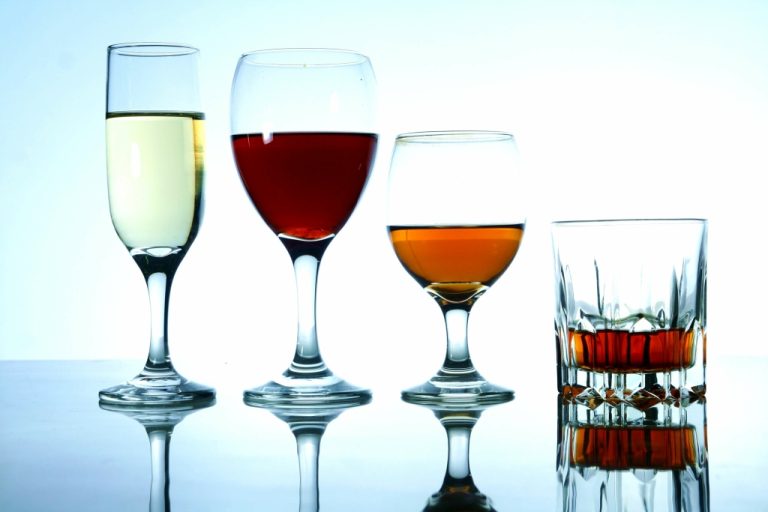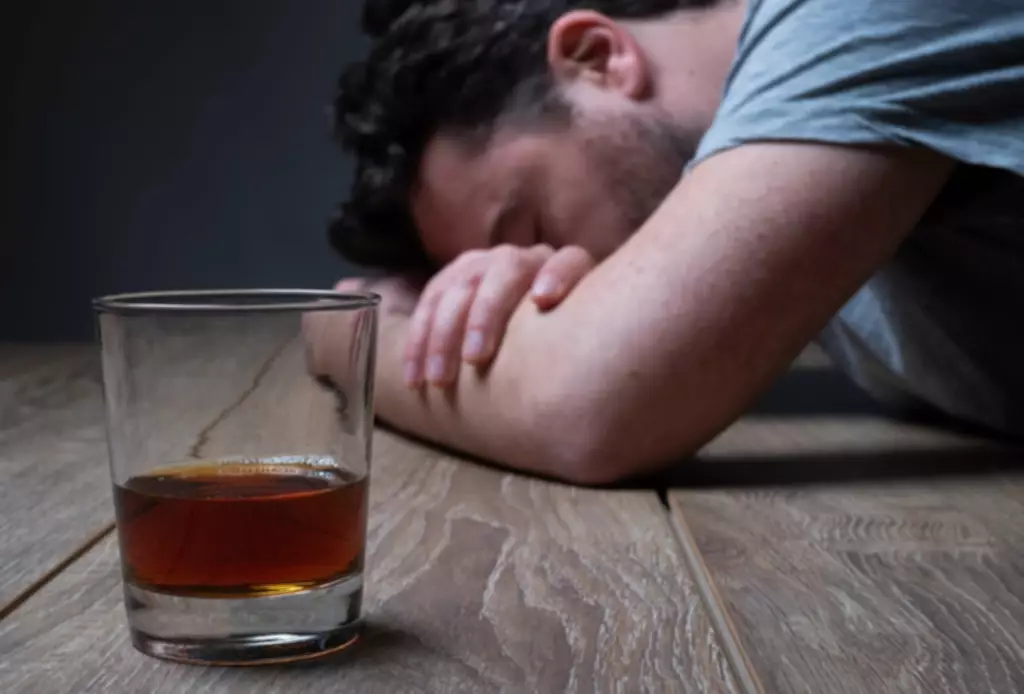What is Sober Living? a brief explanation of sober living
Content
Today, the majority of sober living homes in Los Angeles make use of the peer support that Oxford Houses pioneered, while managers exercise leadership to support residents’ journeys toward long-term sober house sobriety. Learn more about our addiction treatment programs and transitional living today. Transitional living during early sobriety can increase the likelihood of long-term success in sobriety.
How do you deal with sober life?
- Stay Out of Risky Situations.
- Build a Support Network.
- Find a Peer Support Group.
- Manage Your Urges.
- Find an Activity That Means Something to You.
- Learn to Manage Stress.
- Learn to Relax.
- Manage Physical Pain.
If you need help finding a sober living home or other treatment options, contact a treatment provider today. There are many benefits to staying in a sober-living home, including attending 12-step programs, creating structure, accountability, and creating a sober fellowship. A big part of staying in a sober living home is creating positive friendships that help to reinforce the desire to abstain from drugs and alcohol.
How Long Do I Have To Stay in Sober Living?
The two types of recovery houses assessed in this study showed different strengths and weaknesses and served different types of individuals. Communities and addiction treatment systems should therefore carefully assess the types of recovery housing that might be most helpful to their communities. There are several limitations to the study that are important to consider. First, we could not directly compare which type of SLH was most effective because there were demographic and other individual characteristics that differed between the two types of houses. Second, individuals self selected themselves into the houses and a priori characteristics of these individuals may have at least in part accounted for the longitudinal improvements.
For many people in recovery, sober living homes offer a much-needed sense of community and support. They provide a safe and structured environment that can help residents stay sober and rebuild their lives after addiction. The homes are often located in a suburban area or city and the geographic location is one of the factors that determines the cost of living. Many Oxford houses or less expensive sober houses can have a weekly rent as low as $150/week. Some houses may have an additional administrative fee or security deposit collected in addition to the weekly/monthly fee. Most houses that have full time staff start in the range of $3000; the cost of operation is very similar to senior living facilities.
Learn How Sober Living Houses Work in Los Angeles, CA
In order to live in a sober living home, residents typically must abide by certain community rules and responsibilities. They can also receive further training and development in sober skills that build on what they learned in rehab and provide a stronger foundation for sobriety moving forward. Sober living also benefits our insurance companies, as research shows that relapse rates decrease when recovering individuals live in a sober environment instead of returning home or the place they were last using. A sober living house differs from a halfway house in that the individuals who reside in these facilities mostly come directly from inpatient substance use treatment programs.







